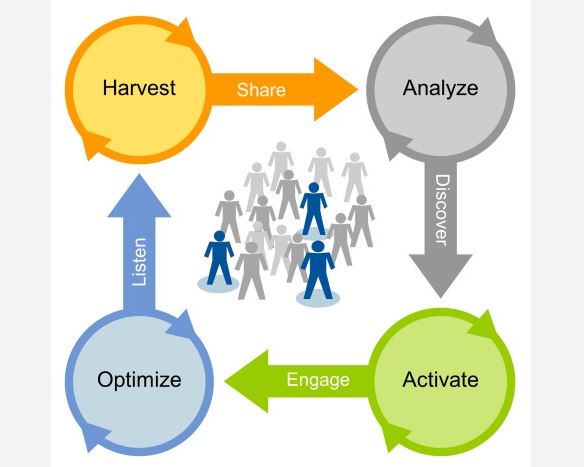Innovate or Stagnate: Data-Driven Approaches to CX Transformation
Amidst the dynamic
shifts in the business environment, the significance of the "innovate or
stagnate" principle is undeniable, particularly in the realm of customer
experience (CX) transformation. As customer expectations continue to escalate, businesses
are compelled to refine and revolutionize their CX strategies to maintain their
competitive edge. Among the myriad methods available, leveraging data-driven
approaches to CX transformation services stands out as one of the most
effective means to accomplish this goal.
Data has become the
lifeblood of modern businesses, offering invaluable insights into customer
behaviors, preferences, and pain points. Leveraging this data is crucial for
understanding the complexities of CX transformation. By analyzing customer
interactions across various touchpoints, businesses can identify patterns,
trends, and areas for improvement. This granular understanding enables
companies to tailor their CX initiatives to meet the unique needs of their
customers.
Designing data products for strategic decision-making is a key component of data-driven CX transformation services. Data products, such as dashboards, predictive models, and customer segmentation tools, empower businesses to make informed decisions based on real-time insights. For example, a retail company can use predictive analytics to forecast customer demand and optimize inventory levels accordingly. Similarly, a telecommunications provider can utilize customer segmentation to personalize marketing campaigns and improve customer retention.
Data-driven CX transformations enable organizations to align their CX
initiatives directly with organizational goals. By establishing clear metrics
and KPIs, businesses can measure the impact of their CX efforts and track
progress towards strategic objectives. For instance, a financial services firm
may prioritize customer satisfaction scores as a key performance indicator,
aiming to increase customer loyalty and lifetime value. By leveraging data
analytics, the company can identify drivers of satisfaction, address pain
points, and ultimately drive business growth.
The value of
data-driven approaches to CX transformation extends beyond improving customer
satisfaction. It can also lead to operational efficiencies, cost savings, and
revenue growth. For example, by streamlining processes and automating
repetitive tasks, businesses can reduce operational costs and reallocate
resources towards value-added activities. Moreover, by leveraging data to
personalize customer interactions and offer targeted recommendations, companies
can increase cross-selling and upselling opportunities, driving incremental
revenue.
In conclusion, data-driven approaches to CX transformation services are essential for organizations looking to innovate and stay ahead of the competition. By harnessing the power of data, businesses can gain a deep understanding of their customers, design data products for strategic decision-making, and align CX transformation results directly with organizational goals. In doing so, they can deliver exceptional customer experiences that drive long-term success and sustainable growth. Remember, in the digital age, it's innovate or stagnate, and data is the key to unlocking innovation in CX transformation.



Comments
Post a Comment